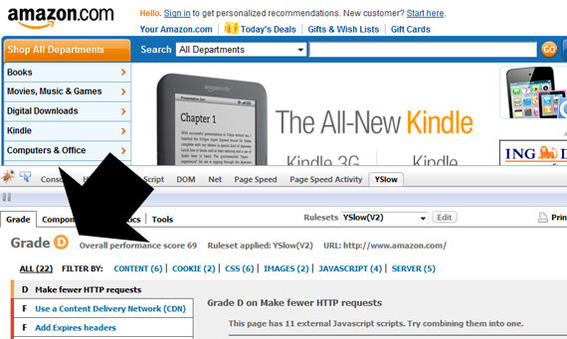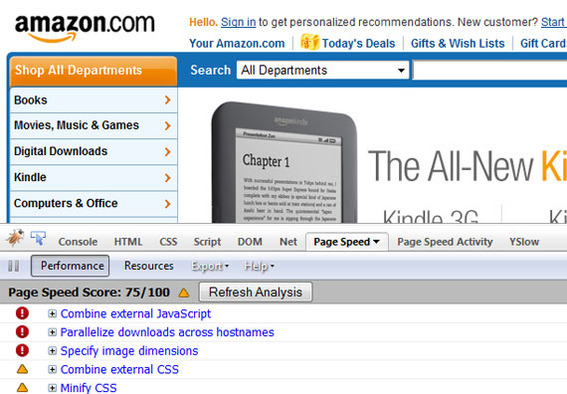Success must be measured, and performance metrics are powerful resources that can help an ecommerce business assess just how things are going.
In Part One of this series, I described several important financial metrics and began to discuss some important web traffic numbers to watch. Here in Part Two, I continue writing about web analytics and add a bit about site performance, too.
No. 9: Direct Traffic
Direct traffic, which is sometimes called no-referrer traffic, is, perhaps, my favorite web metric of all because it can be used not just to measure how many people visit your site, but rather the power and reach of your company’s brand and advertising.

Breakdown of traffic sources in Google Analytics.
With some exceptions, direct traffic generally describes those site visits that happen when a potential customer physically types your store’s address into the browser’s address bar, uses a bookmarked link to head to your page, or clicks on an email marketing link.
In all of these instances, the direct traffic came from someone already familiar with your store and specifically interested in visiting your site. This familiarity and interest must have come from somewhere, and that somewhere is usually your advertising and marketing or from a prior visit to your site.
By measuring direct traffic, you can monitor how much of an impact you’re making outside of the search engines. What’s more, direct traffic visits may represent your most loyal users, or, put another way, your best customers.
Try monitoring your direct traffic before and after any new marketing campaign (including pay-per-click advertising). It can be especially good for monitoring radio, print media, or social marketing campaigns.
No. 10: New Versus Returning
It is also a good idea to monitor your new site visitors versus your return visitors. In Google Analytics there is actually a tab for this, and the data can give you a good idea of how successful your non-product site content is.
For example, if you have a blog on your site, you would hope that your posts are engaging enough that repeat visitors will check in periodically to see what’s new. If they do, you’d expect to see them showing up as returning visitors.

Google Analytics measurement of “new” versus “returning” visitors.
If you view this data as a pivot table in Google Analytics, you’ll discover how your new, versus returning, visitors are related to traffic source.
I recommend watching the ratio of new to repeat site visitors on a monthly basis. Your aim is to increase your sales, so look for relationships between returning customers and conversions. It can also be helpful to compare the time that returning and new visitors spend on your site.
Site Performance
There may be a relationship between site performance—particularly how quickly a page loads—and sales conversions.
For example, Akamai, the web-traffic-management firm, reported in August of this year that some of its retail customers enjoyed conversion rates as much as 33 percent above industry averages after improving site performance. In separate research, Shopzilla, the comparison shopping engine, compared conversion rates for a performance-optimized site versus an earlier version of the same site. It found that faster page load times boosted sales by as much as 12 percent.
No. 11: YSlow
Yahoo’s YSlow is an add-on for Mozilla Firefox that works with Firebug and helps to monitor your site’s overall performance.

YSlow analysis of Amazon.com load time.
YSlow awards both a letter grade and a score each time it tests a site. Just like in high school, an A is better than an F. Grades and scores are based on how your site employs known performance best practices.
The tool also gives you suggestions for improving your overall site performance.
I recommend monitoring your site’s YSlow score before and after any chance to your site’s design or features. It is also a good idea to keep your web developer busy trying to improve your YSlow score.
No. 12: Google Page Speed
If YSlow had a sibling, it would be Google Page Speed, which is also an add-on for Firefox. The tool works almost exactly like YSlow, but uses a slightly different set of best practices.
Use it in conjunction with YSlow.

Google Page Speed’s load time measurement of Amazon.com.
Summing Up
In the next installment of this series, I will describe several social marketing metrics that can help you determine how your ecommerce business is doing on Twitter and Facebook.




